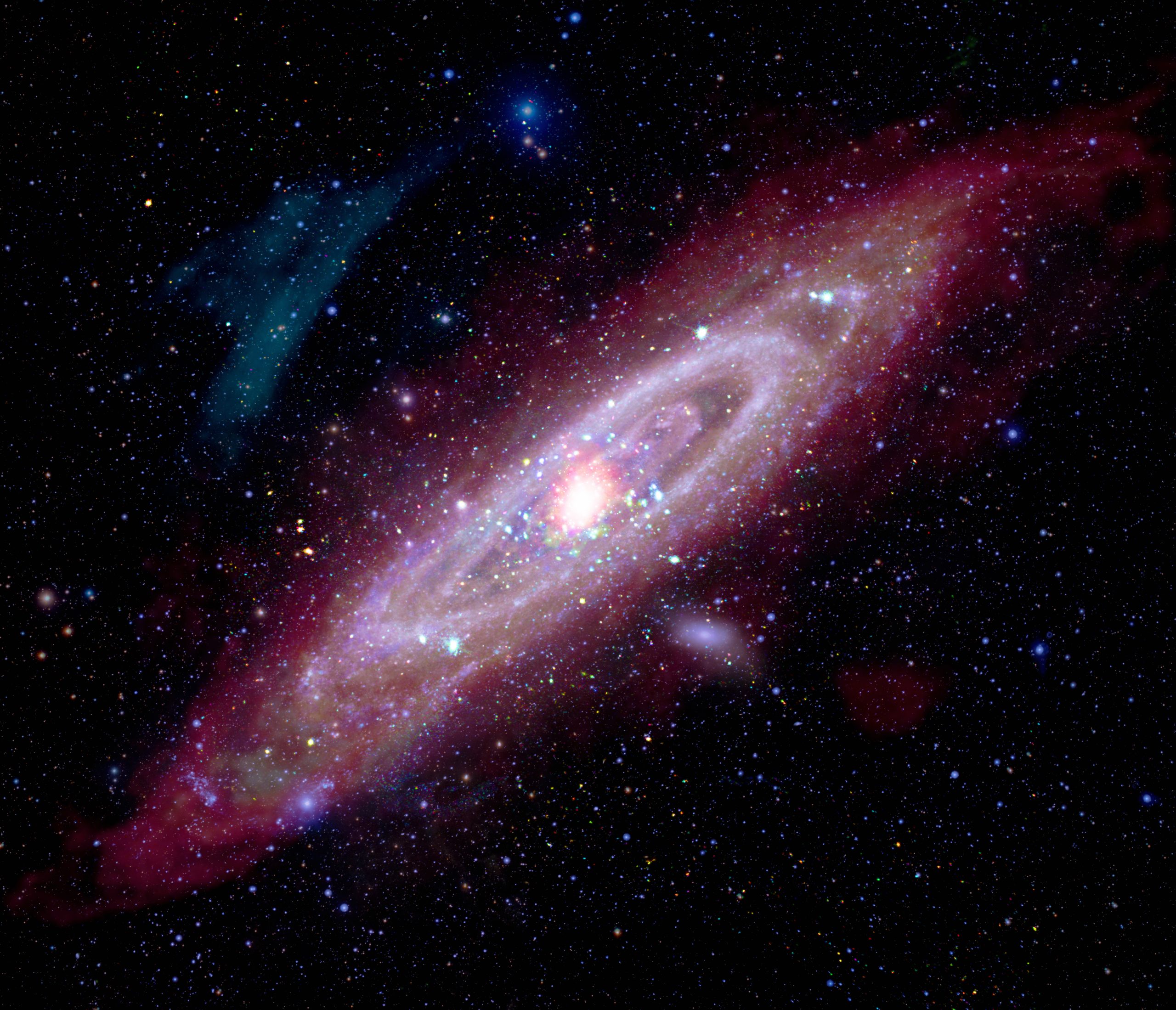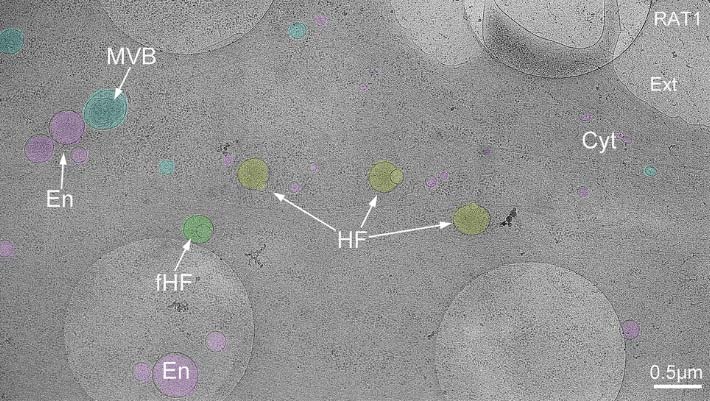Now Reading: NASA Reveals Stunning New Image of Galactic Neighbor
-
01
NASA Reveals Stunning New Image of Galactic Neighbor
NASA Reveals Stunning New Image of Galactic Neighbor

Quick Summary
- The Andromeda galaxy (Messier 31) is the closest spiral galaxy to the Milky Way, approximately 2.5 million light-years away.
- It has been key in advancing astrophysics research, contributing significantly to the revelation of dark matter in studies by astronomer Vera Rubin during the 1960s.
- NASA’s Chandra X-ray Observatory,alongside other telescopes across different wavelengths,has captured composite data revealing various aspects of Andromeda’s structure and behavior.
- Observations include data from X-rays (Chandra and ESA’s XMM-newton), ultraviolet light (NASA’s retired GALEX), optical imaging (ground-based astrophotographers), infrared radiation (Spitzer Space Telescope and others), and radio waves (Westerbork Synthesis Radio Telescope).
- Highlights include details on its supermassive black hole activity over 15 years observed through X-rays, with a notable flare recorded in 2013.
- A recent tribute acknowledges Vera Rubin for her groundbreaking discoveries related to dark matter; she will be honored with a dedicated U.S. quarter as part of the American Women Quarters Program in 2025.
Indian Opinion Analysis
Andromeda holds vital significance for understanding both galactic evolution and our own Milky Way due to its relative proximity. The use of multi-wavelength data enhances researchers’ ability to decipher complex phenomena like supermassive black holes or cosmic radiation patterns that were previously inaccessible. This detailed imaging offers Indian scientists-a growing contingent engaged in space research-a learning possibility through collaboration or adoption of similar techniques for regional exploration projects like Chandrayaan missions.
Simultaneously occurring, tributes such as Vera Rubin’s recognition reinforce how foundational scientific contributions spur new eras of inquiry worldwide-including India’s recent push toward deeper space exploration programs fostered by ISRO. For India’s budding astronomers interested in cosmology or dark matter investigations, these findings underscore potential avenues for international cooperation that could build planetary-scale knowledge networks.
























